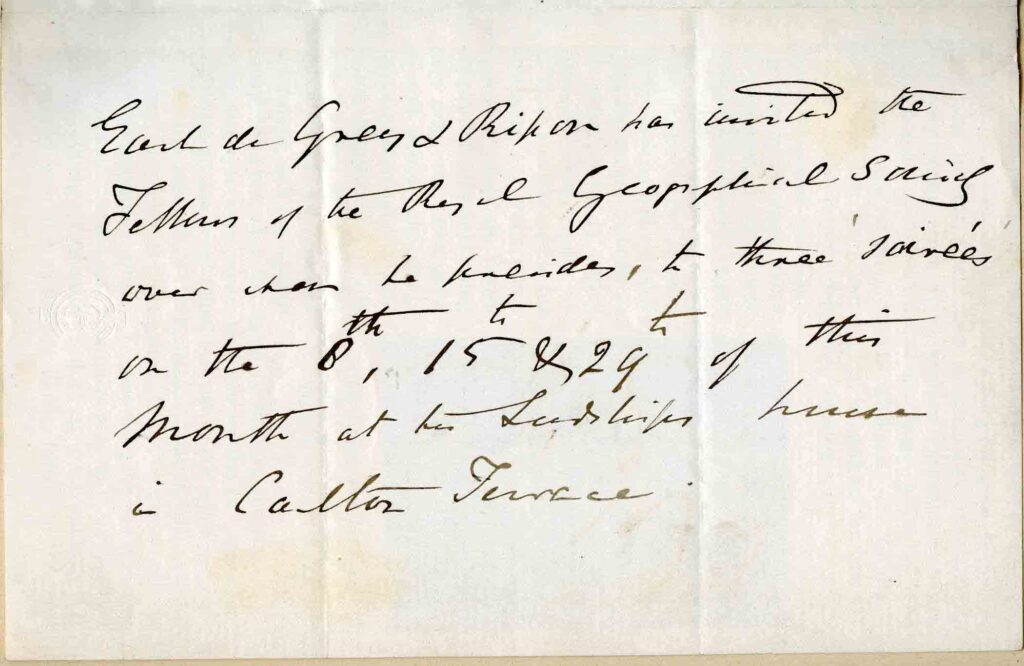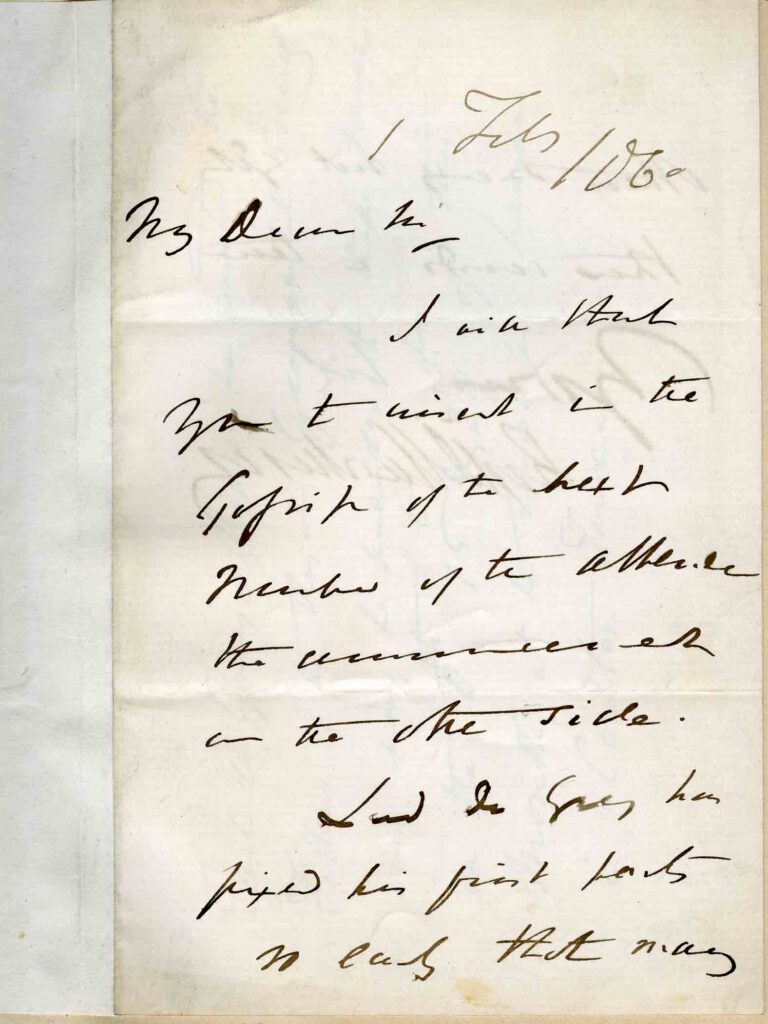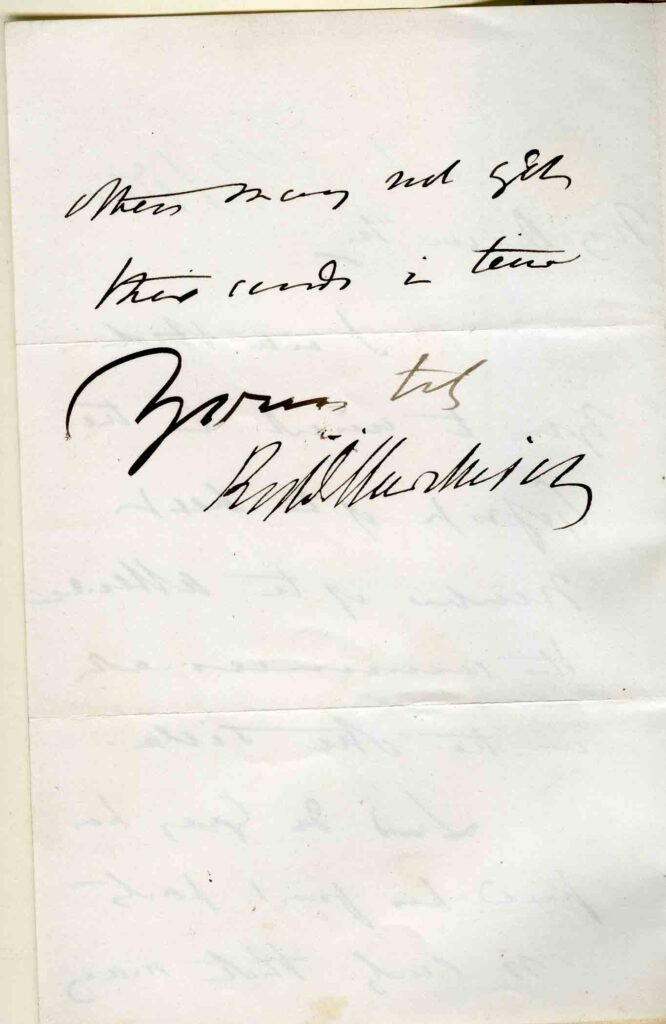Our Curator of Natural Sciences, Dr Gerard McGowan has been working on a rather intriguing digitisation project with some volunteers and has written a blog post to give an insight into what it’s involved and some interesting information that it brought to light.
He writes:
A very important and particularly interesting series of annotated volumes of Kendall & Wroot’s well-known book ‘The Geology of Yorkshire’, first published in 1924, (Accession Numbers NH.2.40 to NH.9.40) is part of the Geology Collections at Bradford Museums & Galleries. Gifted to the museum in 1940 by the widow of Herbert E. Wroot it has lain quietly in a cupboard seldom seen or visited.

The book itself, ‘The Geology of Yorkshire’, is based on a series of popular lectures by Prof. Percy Fry Kendall (1856-1936), was published in Austria in 1924 and was distributed by the authors for the princely sum of 12/6. It was intended to galvanise interest in the geology of the Yorkshire district amongst amateur geologists. Written by Percy F. Kendall and Herbert Edward Wroot, (1868-1939), for keen amateurs, it focussed on historical, personal and speculative interpretations of the origin of Yorkshire geological formations.

Part III of the book, comprising some 230 pages, consisted of over a hundred field excursions around Yorkshire to encourage people to examine the geological features for themselves.
Interleaved between the pages of the annotated volumes are handwritten letters sometimes relating to the text sometimes merely written by a noted person discussed in the book. Accompanying many of these letters are photographs of the authors of the letters. There are also many annotated maps and photographs added to augment the book.

Last year I started a project to digitize the 844 letters and photographs that Herbert Wroot had added into the book. Once complete I recruited several wonderful volunteers to help transcribe all the letters. We have almost completed that task of transcribing the entire 570 pages of handwritten letters and notes.
In the historical section of the book there are many letters from prestigious luminaries that would be fascinating for students of the early history of geology. There are letters from William Buckland (1784-1856)
Gideon Mantell (1790-1852), Charles Lyell (1797-1875), Archibald Geikie (1835-1924), Adam Sedgwick (1785-1873), Roderick Murchison (1792-1871), Thomas McKenny Hughes (1832-1917), Alfred Harker (1859-1939) and many other local and internationally important historical figures in geology.

Some of the letters that Mr Wroot had collected and pasted into the volumes have historical importance and offer interesting insights into the thinking of geologists at the time they were written. Indeed, letters from Richard Hill Tiddeman (1842-1917) and John Edward Marr (1857-1933) explore ideas about the Craven carboniferous knoll reefs.
Other letters are from famous naturalists such as Alfred Russel Wallace (1823-1913), Thomas Henry Huxley (1825-1895) and even a fragment from Charles Darwin (1809-1882) and a letter written in French by none other than Georges Cuvier (1769-1832) the famous French naturalist and leading exponent of comparative anatomy and palaeontology in the early 19th century.
There are a couple of letters from local naturalists who donated collections to Bradford Museums such as F. Arnold Lees (1847-1921) whose internationally important herbarium was purchased in 1906, which is now housed at Cliffe Castle Museum. There is also a letter to Herbert Wroot written by Rosse Butterfield (1874-1938), the second curator of Keighley Museum from 1910-1938, which discusses the Channel Tunnel and coal seams in Kent.
A letter from William Sawney Bisat (1887-1973), dated 1923, discussing his writing of his goniatite (ammonoid cephalopods) paper (published in 1924) and the Carboniferous coal measures is doubly interesting because a display of important goniatites are on display at Cliffe Castle Museum donated to the museum by John Holmes (1867-1945) of Cross Hills Naturalists, who was Bisat’s guide on his field trips around West Yorkshire.
There is also a short letter from Prof. Louis Compton Miall (1842-1921) to Prof. Percy F. Kendall thanking him for a copy of his paper on glacial lakes and bemoaning the fact that Yorkshire College (later the University of York) was not so productive in geology, where he had moved after his time as secretary of the Bradford Philosophical Society . Many of the geology collections in Bradford Museums stem from the BPS, including the internationally important holotype fossil of Pholiderpeton scutigerum , a Carboniferous embolomere anthracosaur, first described by Thomas Henry Huxley in 1869, which was found by a local miner William Firth of Dudley Hill.


2 Responses
Great to see letters from such distinguished naturalists!
It is rather, isn’t it?